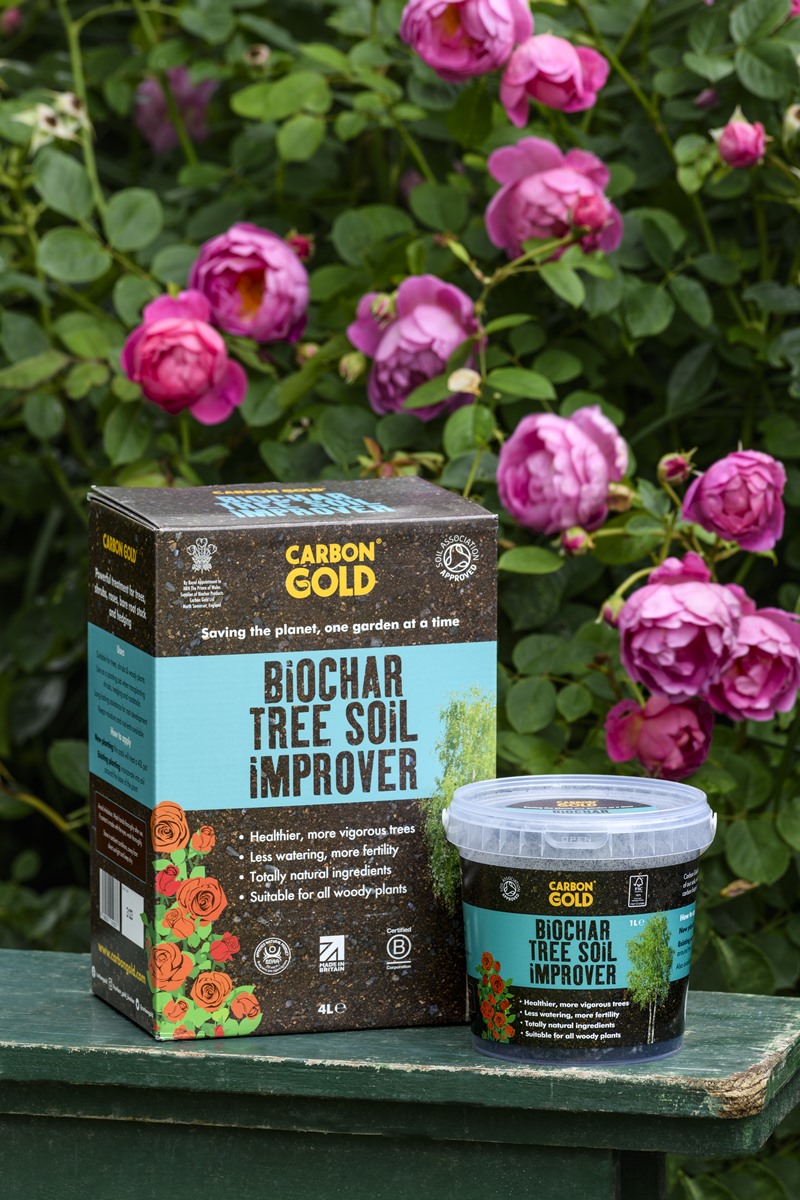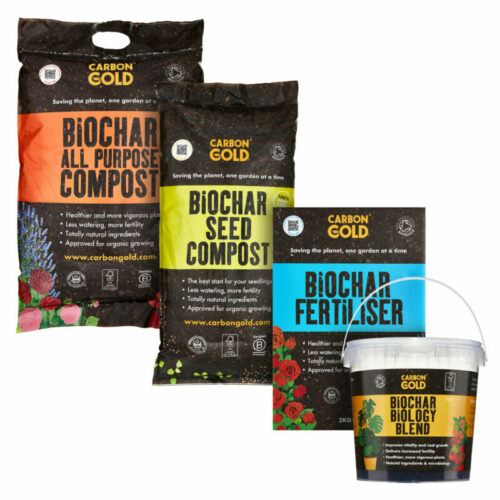Biochar’s impact on tree growth
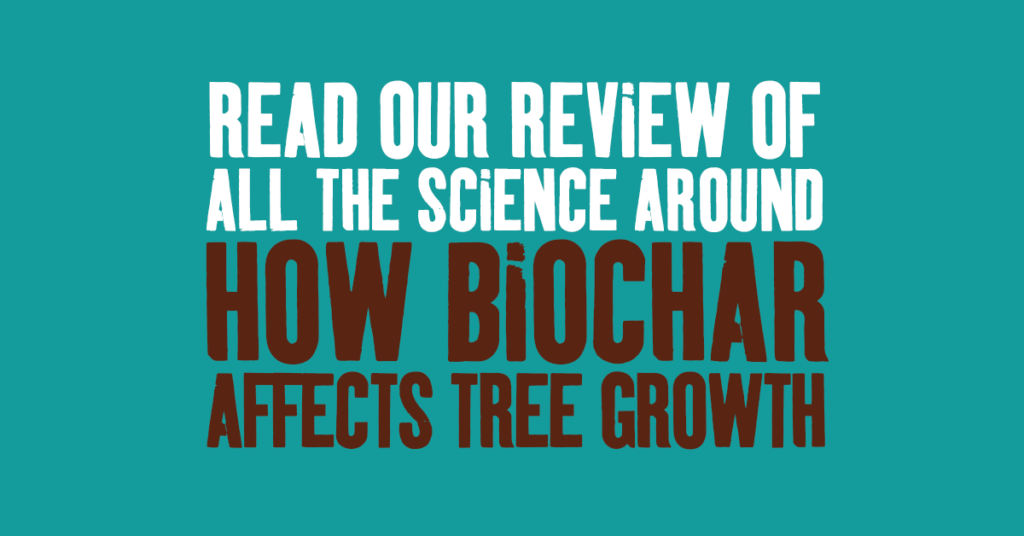
Overview on the positive benefits that enriched biochar has on tree growth
Carbon Gold works with Nationale Bomenbank, Bartlett Tree Experts and hundreds of individual tree officers around the country, and we’ve long known the positive impact biochar has on tree growth thanks to the many trials we’ve run in partnership with customers and partners.
But there have also been a number of studies into biochar’s impact on tree growth that are completely independent of Carbon Gold. Below is a summary of six such studies, their methodologies and findings. We’ve also included some highlights if you want a quick summary to read.
Highlights
- A meta-analysis of published work on forest restoration and biochar applications found an average 41% increase in biomass from biochar additions. Tropical species responded better than temperate species, probably due to low soil P found in tropical soils, deciduous hardwoods better than conifers. Low carbon soils and soils which have been contaminated would be the most likely to benefit from biochar addition. It should be noted that around 75% of the trials analysed were from nurseries rather than trees planted in forest soils
- Biochar added to peat-perlite based potting mixes at 5% incorporation rate aided resistance to stem cankers caused by two Phytophthora sp. – red oak and red maple studied as important landscape tree species in the USA.
- The same biochar source as used in the previous paper was used to grow tree seedlings in large pots using three urban soils and two tree species. Biochar was compared to woodchip, biosolids and compost as a mulch (all applied annually at 25 te/ha). Biochar produced 41% more growth than the control without biochar. Biochar and biosolids produced the greatest biomass yields
- Biochar added at 50% inclusion rate (same biochar as above papers) to pots growing two tree species performed as well as the control mix (peat/composted pine bark/perlite/vermiculite mix) over a 16-month period. The authors suggest that biochar is a suitable diluent to peat and bark mixes for growing young trees. The biochar mix also held more water than the standard mix and several of the other mixes as well.
- Researchers at the Bartlett Tree Research Laboratory reported losses of tree seedlings of European Beech reduced from 60% to 0% with additions of up to 20% biochar in the container mix, with increased leaf colour and canopy coverage as well
Case studies
Thomas and Gale (2015) reviewed current knowledge of forest restoration using biochar. There were relatively few references found but the main benefits of using biochar for forest restoration included
a) Biochar won’t decompose unlike standard organic soil amendments
b) Retain plant nutrients and water in soils
c) Sorptive properties – reduced availability of toxic metals, Persistent Organic Pollutants and herbicides
d) Easily and economically generated from local feedstock
On average there is a 41% increase in biomass from the addition of biochar, tropical forests responded better than temperate forests, deciduous species better than conifers. There were no differences between pot trials and trials grown in soils. However, 75% of results were for tree seedlings (< 6 months old). High responses in tropical trees are likely to be due to P limitation in soils and P found both in biochars and ability of biochars to absorb and retain P. Biochars are inherently low in nitrogen, additional N is likely to be required. The authors suggest biochars should be used in restoration of low C soils and soils which have been contaminated in particular.
Zwart and Kim (2012) grew tree seedlings of red oak (Quercus rubra) in 0.5 litre pots, and Red Maple (Acer rubrum) in 2.5 litre pots of peat/perlite mix with 0,5,10 or 20% added biochar. These trees are important landscape species in Eastern and Central USA.
The biochar used was made from pine wood, with a carbon content of 63%. Plants were inoculated using a stem wound technique with Phytophthora cactorum and Phytophthora cinnamomi pathogens, which cause stem lesions in trees.
Measurements of resistance were made after 65 days for the oak and 108 days for the maple. There was no necrosis in the non-inoculated control tree seedlings. For both oak and maple 5% biochar addition was optimum for reduction of lesions and stem biomass compared to the nil biochar treatment.
Water potential was measured at the end of the experiment in oak, which showed the maximum movement of water came from the 5% biochar treatment (Phytophthora species damage xylem cells, reducing water flow).
Lesions weren’t prevented by the biochar, but the authors concluded from this and other published work that the biochar was conferring some form of resistance to the pathogens.
The authors suggest hormesis i.e. low levels of phytotoxic compounds (from the biochar) were stimulating the growth/defence mechanism in the plants. Beyond 5% incorporation rate there was no further benefit found.
Scharenbroch et al. (2013) grew two tree species in three typical urban soils (sand, silt and compacted clay) in cylinders of approx. 4.4 litres.
There were several amendments including biochar, biosolids, wood chip, compost and aerated compost tea. Biochar was added at an estimated 25 te/ha each year of the trial (18-month trial), the same rate was used for the woodchip, compost and biosolids. Tree species were Acer saccharum (sugar maple) and Gleditsia triacanthos (Honey locust).
Leaf, root and total biomass was significantly greater for all amendments over nil treatment, with no significant difference between treatments (average 3 soil types and both tree species).
Biochar increased growth by an average of 41% (mean 3 soils and 2 tree species); the biochar source was pine wood, 63% carbon, pH 9.2 (same source of biochar as paper above by Zwart and Kim).
The study found that biochar (and biosolids) were an acceptable soil improvement mulching material.
Scharenbroch and Sax (2017) grew 2 species of tree Acer saccharinum (sugar maple) and Aronia melanocarpa (Viking chokeberry) into 8 and 11 litre pots consisting of 50% standard compost (sphagnum peat, composted pine bark, perlite, vermiculite), the various amendments (compost, wood chip, biosolids and biochar – 2 biochars used) were added at 50% to each mix.
The trees were grown for 16 months and harvested for root, shoot mass etc.
Generally, the biochar treatment gave similar results to the control peat/bark mix, one of the biochars (same one used in above two papers) held more water compared to the control and several of the other treatments. It should be noted that 50% biochar in a mix is a very high inclusion rate.
Schaffert et al. at the Bartlett Tree Research Laboratory, Reading University, outlined a case study where containerised European Beech (Fagus sylvatica) with biochar added at 0,10,15 and 20% inclusion rate (V/V) had significantly reduced mortality rates from 60% reduced to 0%, and leaf colour (SPAD measurements) and crown canopy cover both increased.
Seguin et al. (2018) studied mixes of soil and compost (7.5% in all cases) with increasing levels of biochar up to 7.5% (biochar source was from North American Ash Fraxanus Americana) in Montreal, Canada, where a lot of road de-icing salt is used in winter.
There is concern regarding runoff of de-icing salt and heavy metals into tree pits causing damage to urban trees.
Leaching columns using amended soil with 0,2.5,5.0 and 7.5 % biochar showed maximum absorption of sodium and heavy metals Cd, Cu, Zn and Pb came from the 7.5% biochar treatment.
The levels of cadmium, copper, zinc and lead added were the maximum levels found in runoff water from roads with high traffic density, the sodium level was the toxicity threshold for plants.
The authors recommend adding this level of biochar to soil pits when planting urban trees.
- Urban trees suffer from heavy metal and de-icing salt runoff into soil pits (salt particularly in cold climates). Leaching columns set up compared urban soil with 7.5% compost added and 0, 2.5, 5.0 and 7.5% added biochar derived from North American ash. The maximum absorption of both salt (sodium) and heavy metals copper, zinc, lead and cadmium added at maximum levels found in urban runoff water was from the 7.5% added biochar mix. The researchers recommend adding 7.5% biochar to soil pits (Montreal, Canada) when planting trees.
Carbon Gold has been working with Bartlett Tree Experts for many years and collaborated on trials on trees using our Biochar Tree Soil Improver
Stay in the know
Subscribe to the mailing list to keep up with new products & industry developments. Don't worry... we don't like spam either.
Author
Carbon Gold
Biochar
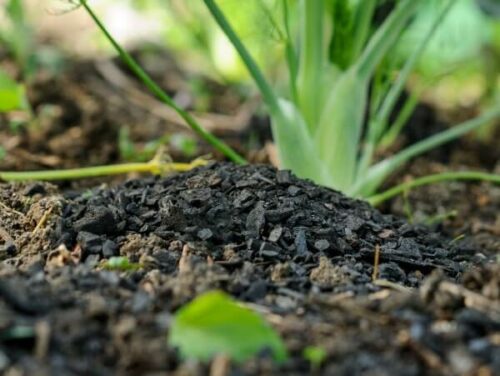
Article Tags
tree caretree growthtree preservationRelated Product
Biochar Tree Soil Improver
Carbon Gold Biochar Tree Soil Improver is ideal for transplanting or revitalising new and established…
your Biochar
your Biochar
your Biochar
£9.99
Share This Article
Related articles
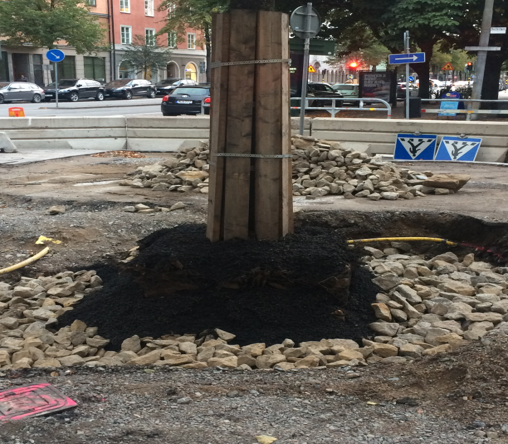
Stockholm Tree Pits
Category: Tree Care
In 2014, Bjorn Embrén played a pivotal role in the creation of the Stockholm Tree Pit method. This system, initially…
Read MoreCarbon Gold
Biochar

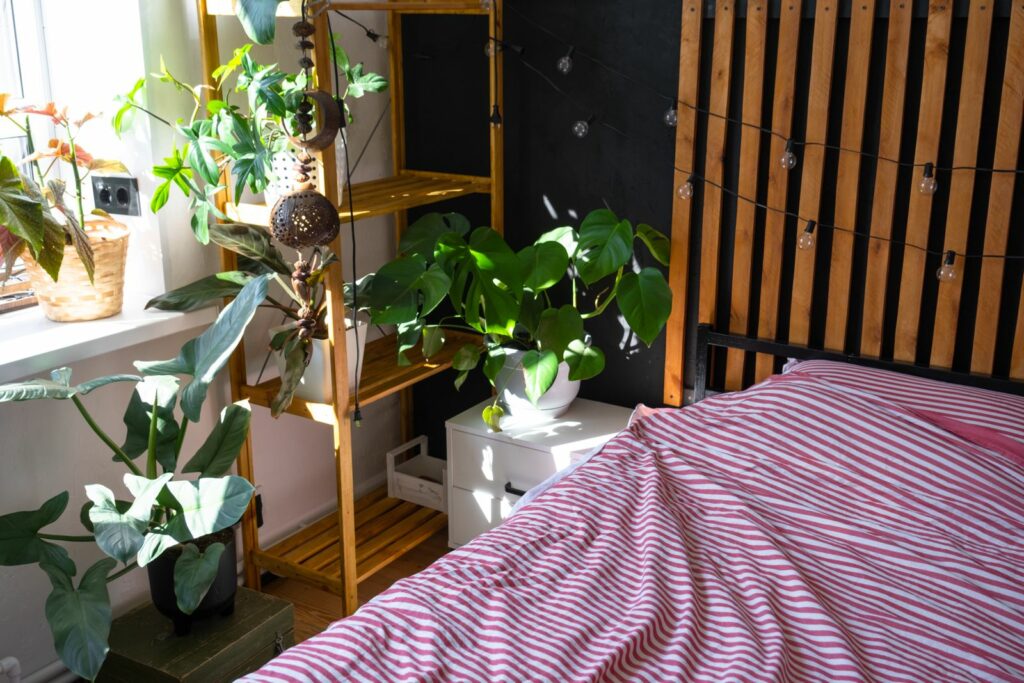
Houseplants in the Bedroom
Category: FAQs, Garden and Home, Guides
We all know that houseplants have a huge positive impact on health and wellbeing – both physically and mentally. They…
Read MoreCarbon Gold
Biochar

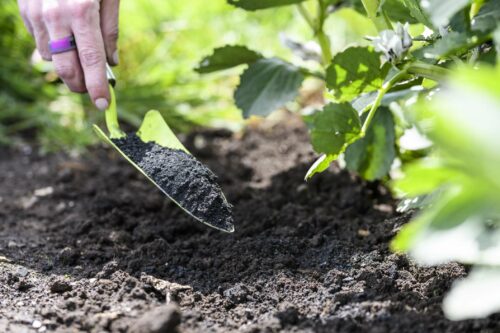
When to prepare your garden for Spring
Category: FAQs, Garden and Home, Gardening Tips, Guides
As winter’s chilly embrace starts to loosen and the soil beneath us begins whispering tales of spring, it’s the gardeners’…
Read MoreCarbon Gold
Biochar

